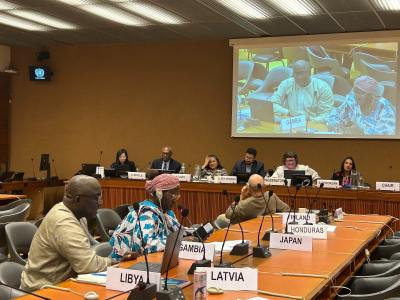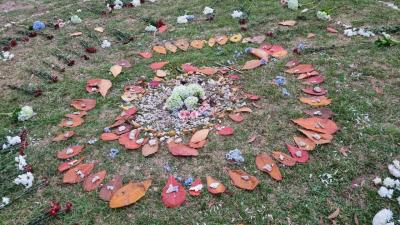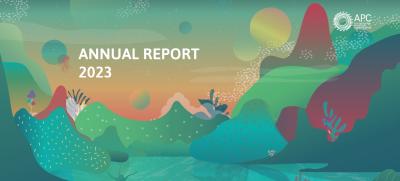
Are local access infrastructure models a viable alternative to connecting the unconnected?
As a result of growing awareness of the limitations of the national operator mobile broadband model, there is increasing interest in exploring alternative strategies for reaching the unconnected. Innovations in low-cost communication technology have created new possibilities for the development of affordable, locally owned and managed communication infrastructure.
As a result, a growing number of communities and small, local and regional operators have taken a more pragmatic approach, using off-the-shelf low-cost commodity networking equipment to provide themselves and others with Wi-Fi, GSM and fibre connections.
But these innovative bottom-up initiatives are still relatively rare and may be dependent on a unique opportunity or special set of circumstances. They generally face overwhelming regulatory and financial hurdles and require technical, economic and regulatory support to meet scaling and sustainability challenges. They are also hard pressed to exchange experiences and learning systematically, which makes facing these challenges even more difficult.
In the context of the above, this project aims to address the following questions:
-
Are local access infrastructure models a viable alternative to connecting the unconnected, and if so, what are the circumstances that make them successful?
-
What are the benefits to the local community in terms of well-being, gender equity and social or economic development where connectivity infrastructure is locally owned?
How will we do it?
The core of the project is based on four interrelated activities:
-
Research: In-depth case studies and analysis
We will look closely at the business, technology and institutional models that have been adopted in a range of community-based and local access networks, in order to:
-
Assess to what extent and how small-scale local networks can help to address unmet connectivity needs in developing countries, especially least developed countries (LDCs).
-
Explore and document how local connectivity projects link to broader social, human and economic development processes.
-
Identify and understand the gender dimensions of local access networks, the roles women play in them, the barriers to women's participation, and mechanisms to increase their participation and contribute to transforming gender roles.
-
Identify the business and economic models and technologies that are being used and assess how effective they are.
-
Open telecom data, policy and regulation
We will identify policy and regulatory constraints, along with the telecom data needed by these initiatives (spectrum availability, location of towers and backhaul infrastructure, etc.).
Objectives:
-
Identify the policy and regulatory barriers and opportunities for local access networks.
-
Develop and disseminate recommendations to create a more enabling environment for local access initiatives.
-
Identify telecom infrastructure gaps and opportunities through development of a public online digital resource of telecom infrastructure data and help create a culture of openness among regulators, operators and international agencies with regard to telecom data.
-
Quantify the value of approaches or proposals to regulate and assign spectrum in ways that improve connectivity for marginalised populations.
-
Awareness raising and movement building
We will build movements and raise awareness to increase the profile of these models among policy makers and to promote information sharing and collaboration between community-based network initiatives.
Objectives:
-
Facilitate peer exchange among local connectivity stakeholders in Latin America, Africa and South Asia to build a community of practice that can share information, knowledge, skills and contacts and that will contribute to greater coordination between initiatives.
-
Ensure that effective capacity-building resources and training strategies are available to those wishing to start or scale up local access initiatives.
-
Share information about approaches and technologies for innovation in sustainable local access provision with local connectivity stakeholders.
-
Establish a Local Access Support Consortium to broaden on-the-ground support from international organisations, and to guide a small grants facility to strengthen and foster the growth of local access initiatives.
-
Support for existing and emerging local connectivity initiatives (Pathfinder)
We will provide support to special opportunities for scaling existing networks and helping start new ones.
Objectives:
-
Identify, develop, test and demonstrate specific innovative approaches to scaling and sustainability for existing and emerging connectivity initiatives in underserved communities.
-
Partner with a handful of select local communities, organisations and existing local connectivity initiatives to conduct interventions and action research.
-
Systematise learning from interventions in order to contribute to overall research outcomes and the development of good practice for emerging strategies.
Who will we work with?
The Association for Progressive Communications has partnered with Rhizomatica, from Mexico, and the Internet Society (ISOC). This project will be carried out with the involvement of external consultants Erick Huerta and Peter Bloom (Rhizomatica), Nicola Bidwell and Steve Song.
Download the project brochure here.
Subscribe to a monthly newsletter with news and information around community networks and local access and read the previous editions: Number 1 - December 2017 / Number 2 - January 2018 / Number 3 - February 2018 / Number 4 - March 2018 / Number 5 - April 2018 / Number 6 - May 2018 / Number 7 - June 2018 / Number 8 - July 2018 / Number 9 - August 2018 / Number 10 - September 2018 / Number 11 - October 2018 / Number 12 - November 2018 / Number 13 - December 2018 / Number 14 - January 2019 / Number 15 - February 2019 / Number 16 - March 2019 / Number 17 - April 2019 / Number 18 - May 2019 / Number 19 - June 2019 / Number 20 - July 2019 / Number 21 - August 2019
Image source: Rhizomatica.






